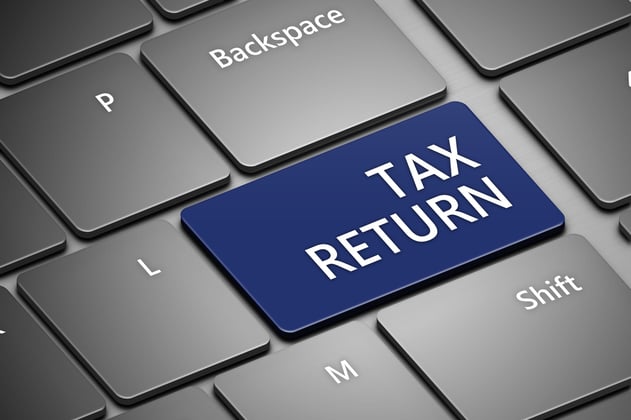BLOG
When are Self-Assessment payments on account required?

As the self-assessment deadline looms, it is not only necessary to consider what might be owing for 2017/18, but also whether any payments on account towards the 2017/18 liability need to be made.
When are payments on account required?
Self-assessment taxpayers must make payments on account, unless:
- the self-assessment bill for the previous year was less than £1,000; or
- more than 80% of the tax liability was collected at source, for example, through PAYE.
How much is each payment on account?
Each payment on account is equal to 50% of the previous year’s tax and Class 4 NIC liability. Although Class 2 contributions are now collected via the self-assessment system, they are not taken into account in working out payments on account and are payable in full no later than 31 January after the end of the tax year to which they relate.
When are they due?
Payments on account are due by midnight on 31 January in the tax year and by midnight on 31 July after the end of the tax year. Any remaining tax for the year must be paid by 31 January after the end of the tax year, along with any Class 2 National Insurance contributions due.
So, for 2017/18, payments on account equal to 50% of the 2016/17 income tax and Class 4 liability are due by 31 January 2018 and 31 July 2018, with any balance and the 2017/18 Class 2 National Insurance liability being paid by 31 January 2019.
Example 1
Bill is a self-employed gardener. His profits in 2016/17 were £20,000, giving rise to a tax liability of £1,800 and a Class 4 National Insurance liability of £1,074.60 – a total of £2,874.60.
As his liability for 2016/17 is more than £1,000, he must make payments on account for 2017/18.
Each payment on account is £1,437.30 (50% of £2,874.60). The payments on account are due by 31 January 2018 and 31 July 2018.
What happens if income falls?
If circumstances change and a taxpayer knows that his income in the current year will be less than in the previous year, he or she can ask HMRC to reduce the payments on account to reflect the lower liability. This can be done via the taxpayer’s online account (by selecting `reduce payments on account’) or by sending form SA303 to the tax office.
Beware though, if the payments on account are reduced too much, interest will be charged on the shortfall.
Inform are here to help you so please contact us if you need further information on this or any other tax related matters.



.jpg?width=1500&height=1000&name=amy-hirschi-K0c8ko3e6AA-unsplash-(5).jpg)

